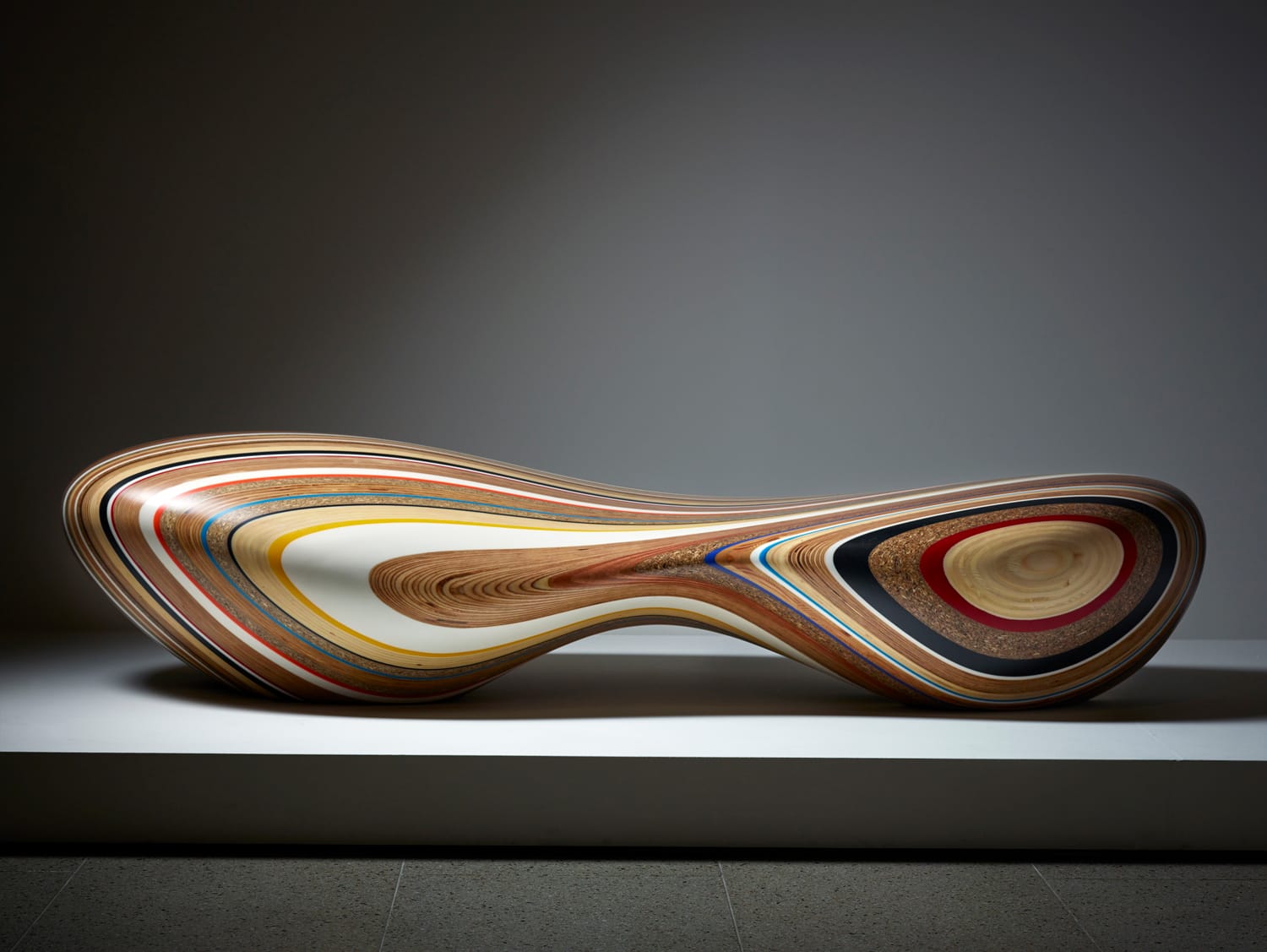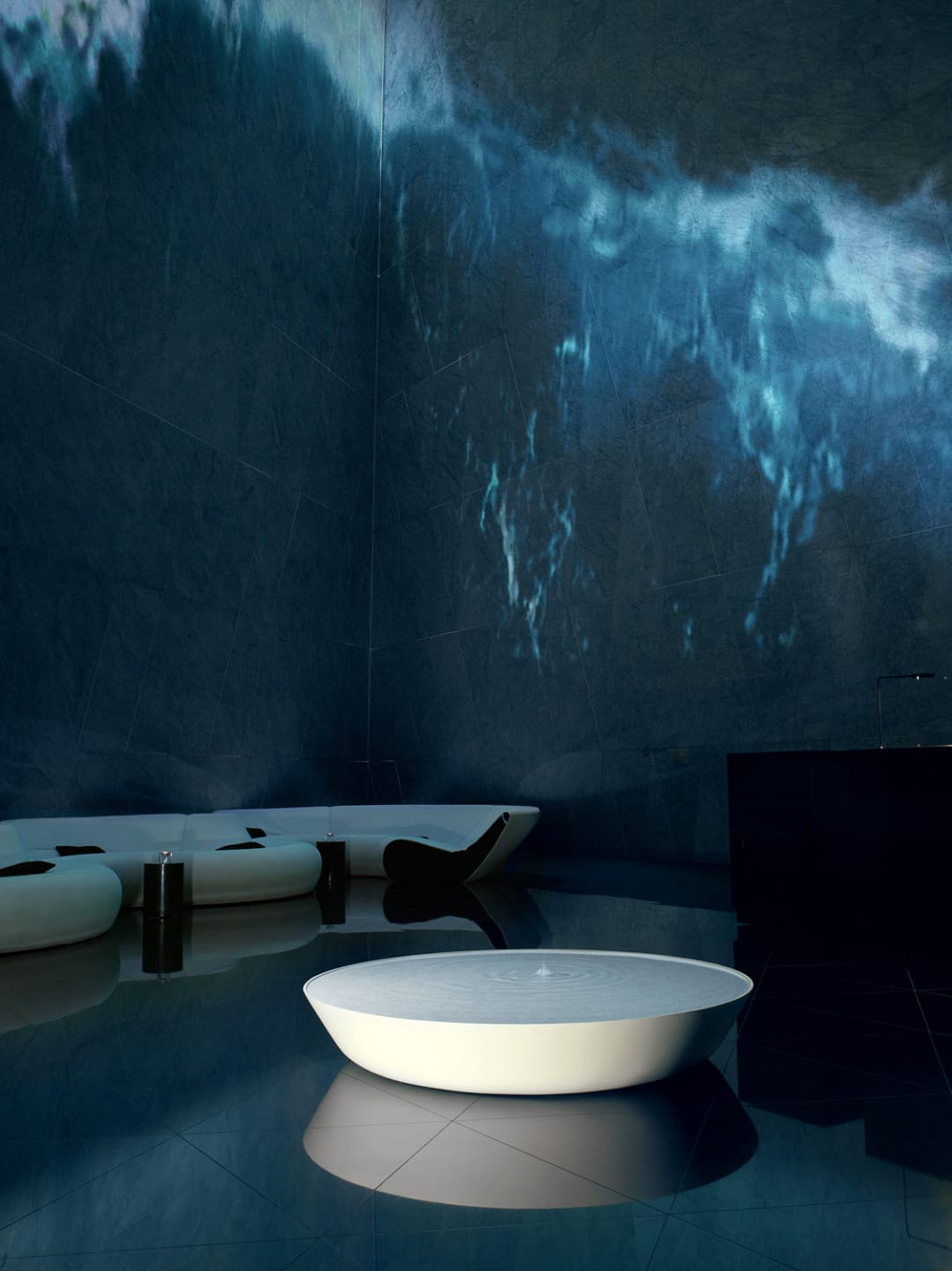Creative Mind: Brodie Neill
The Made in Ratio creative director is no stranger to turning discarded materials into sculptural furnishings


Designer Brodie Neill grew up in Tasmania, surrounded by rugged wilderness and pristine stretches of shoreline. “But a few years ago, I started to notice that the once-white, sandy beaches of my childhood were now littered with plastic,” he recalls. “The effect on the oceans and coastal wildlife was also profound.”
No stranger to turning discarded materials into sculptural furnishings, Neill initially experimented with melting different types of ocean waste together. The unknown chemicals in such fragments, however, made the concoction too unpredictable to use. “By adapting a traditional terrazzo technique, I was better able to bond the pieces into something functional,” explains Neill, who launched the London furniture studio Made in Ratio in 2013. “The fact that the final result was so visually striking was a happy coincidence.”

So striking, indeed, that when Neill debuted the first piece—a dazzling table in which hypnotic blue-plastic mosaics mimic the seawater gradient—it was immediately acquired for an Australian museum’s permanent collection. Soon after, as part of the 2017 London Design Festival, his lauded Drop in the Ocean installation featured a ripple pool and bench made of the new material. The works amplified the conversation about environmental design, and Neill was invited to speak in front of the parliament of the European Union and a marine conference hosted by the United Nations.
This April, Made in Ratio is slated to unveil new works at the Fuorisalone during Milan Design Week. Its A-shaped wooden Alpha chair will be expanded into a family of seating, and there will also be a “tambour” room divider featuring tall Douglas Fir panels hinged with linen. Neill is also busy conceiving new pieces under his own name that will expand the ocean terrazzo series. “These provocative objects of activism will launch at events throughout the year, while providing key moments to further the much-needed dialogue of material consumption and protection of our natural world.”

A version of this article first appeared in print in our 2019 Spring Issue under the headline Creative Minds. Subscribe to the magazine.